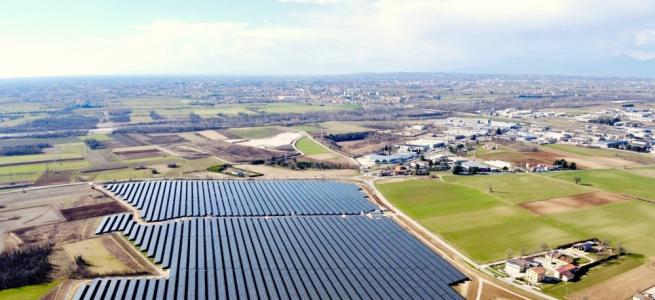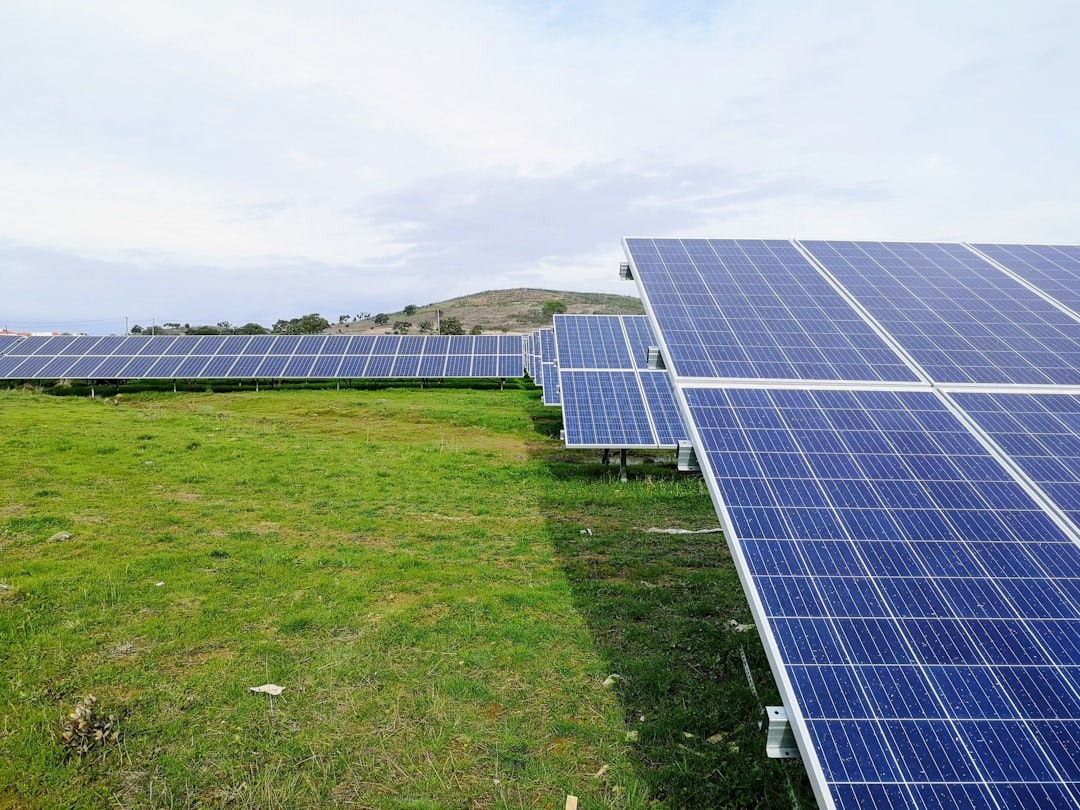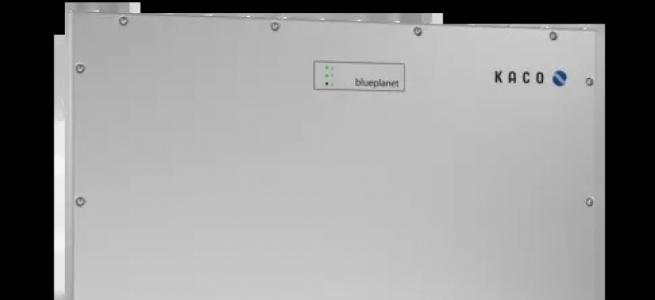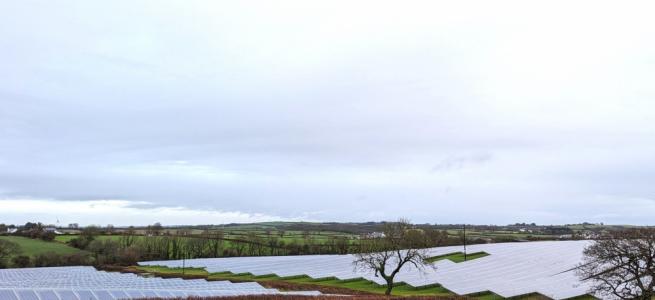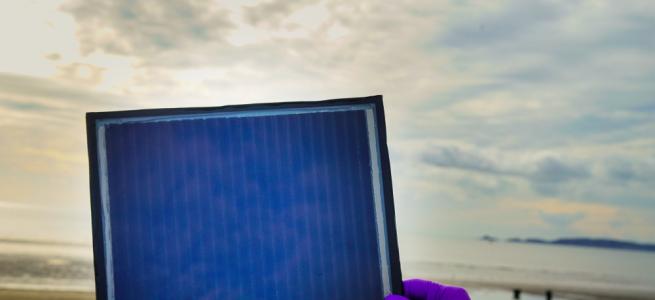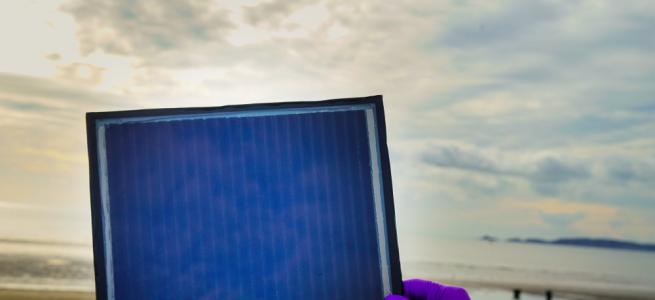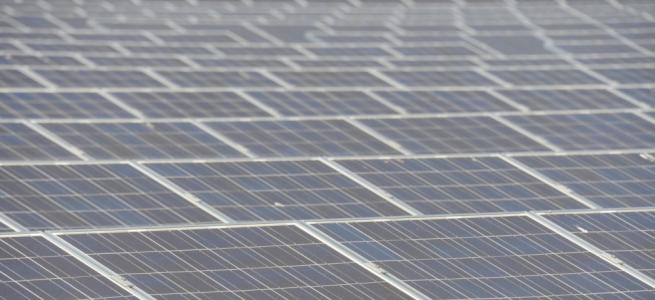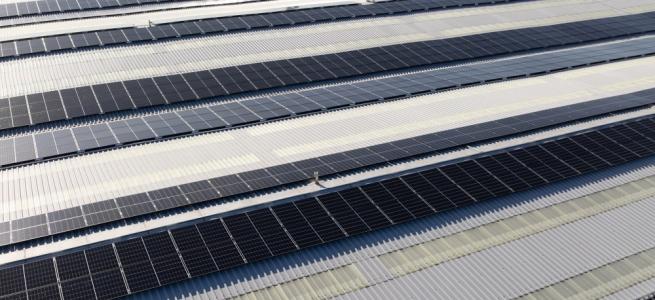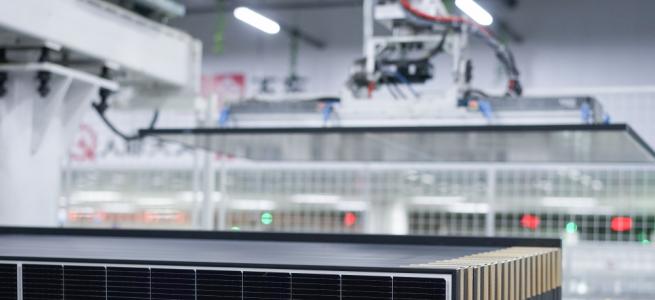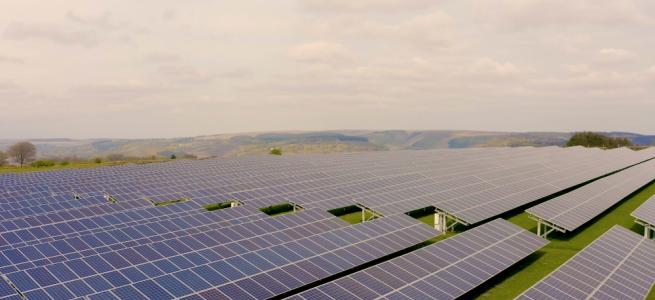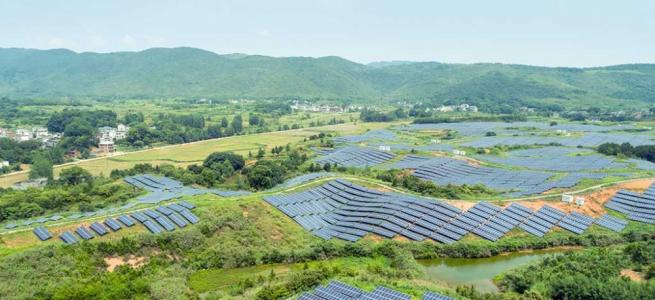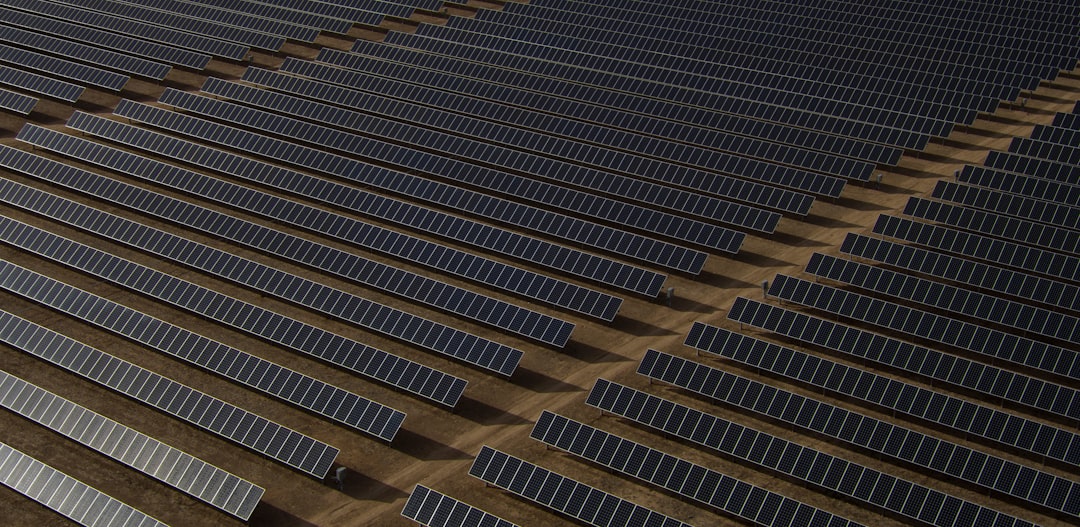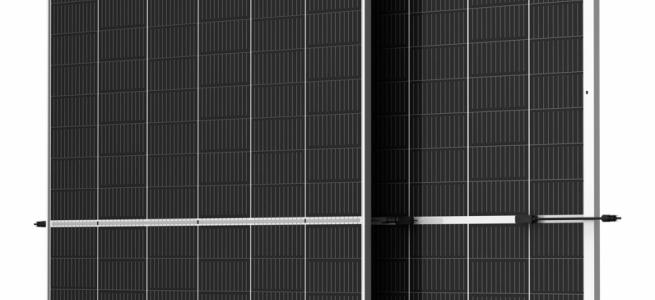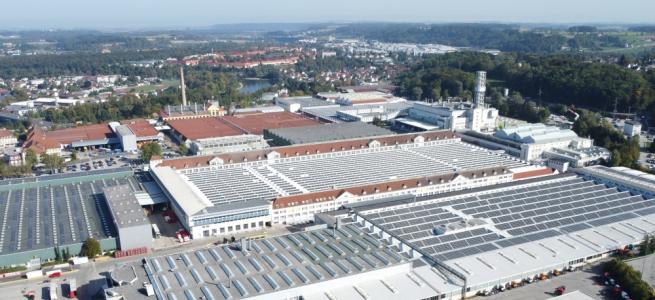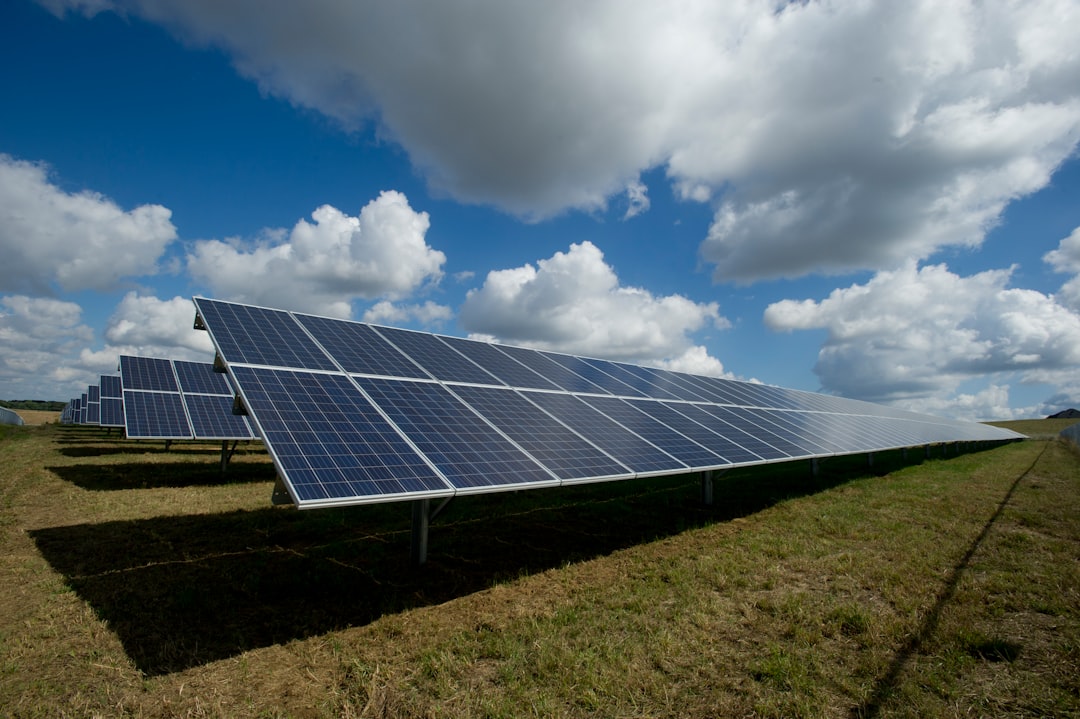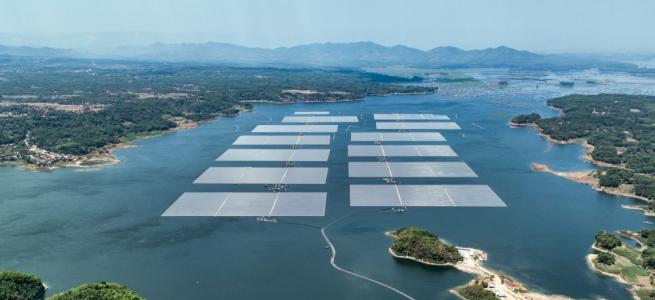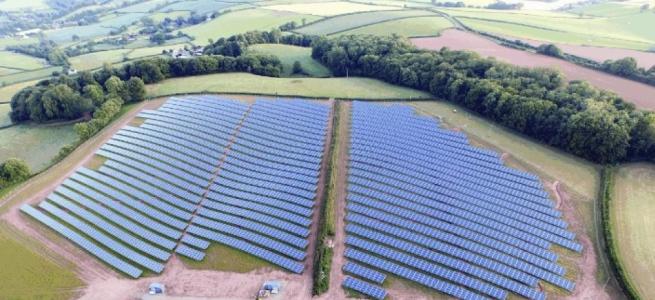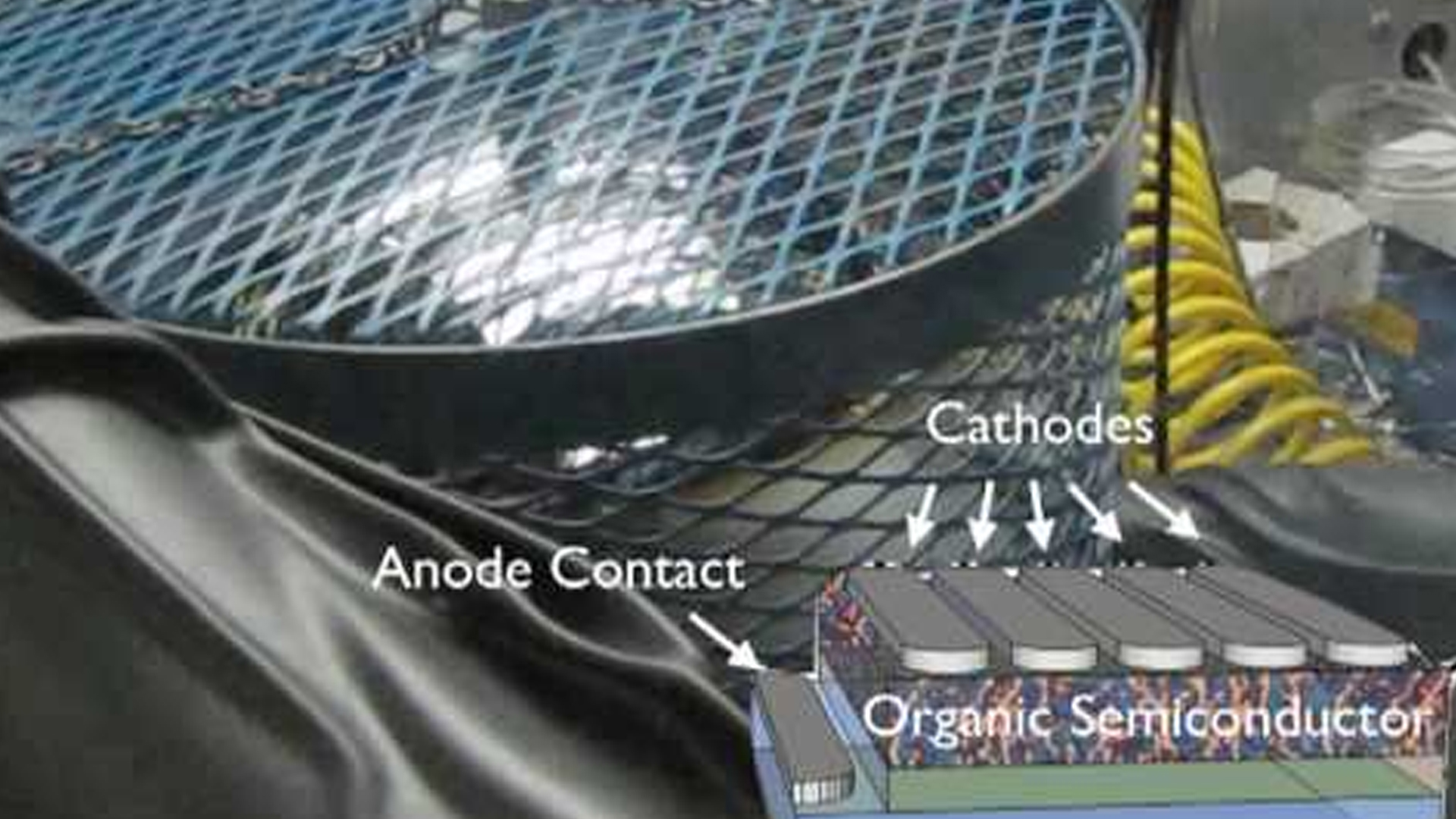ZnO Nanowires For Cheaper Sensors And Solar Cells?
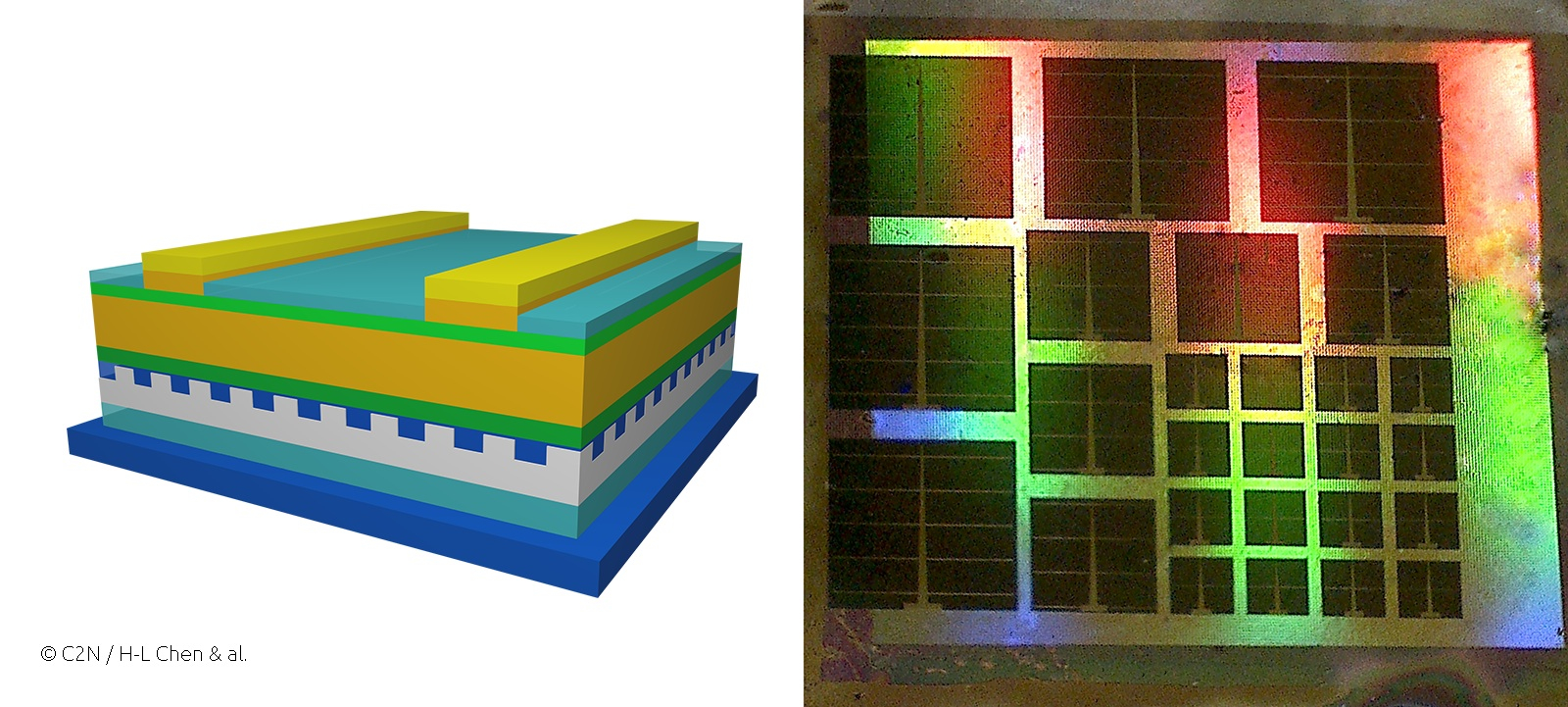
Lithuanian scientists develop novel solution for high-yield ZnO nanowire production
Due to their semiconductor properties, ZnO nanowires have great potential of application in electronics or optics. Also, the properties of ZnO coated surfaces allow their usage in medicine. At the moment, researchers are investigating two potential applications of the ZnO nanowires: a multifunctional anti-reflecting solar cell coating and multifunctional gas sensor array, sensitive and selective to gases, activated by light.
"Solar elements currently used in the market are reflecting light, thus the light, which could be turned into energy, is partly lost. Nanowire solar cell coatings improve the performance of solar cells by reducing their reflective qualities, by transforming UV rays into the light and by rendering the solar elements self-cleaning properties", explains Račkauskas.
Initial research reveals that by using ZnO nanowire coating the efficiency of solar elements is improved by 6 per cent. The coating is water-repelling, and it degrades the organic pollutants; thus the self-cleaning effect of a solar cell is achieved.
At the moment, in the laboratory conditions, the KTU research team can produce around 100 g of zinc oxide nanoparticles per hour, costing around €8. The amount would be enough to cover 2.5 m2 of solar elements.
KTU researchers are also investigating the properties of a unique UV sensor, which can be sprayed on any surface. In the development of the sensor two materials are used: zinc oxide nanoparticles and a conductor (wire), such as graphite or metal paint. One can draw a full electronic scheme including wire and sensor on any surface, say textile, paper or plastic. According to Dr Račkauskas, a light sensor can be used like any other switch, just it is activated by light, such as a simple laser pointer beam.
"The application possibilities of such a UV sensor are virtually inexhaustible, however, we need to wait for the market demand and the further development of flexible electronics. Our product might be interesting for functional design as it allows integrating electronics into clothing items, walls, interior design objects. Also, our UV switch can be placed in hard-to-access locations," explains Račkauskas.
He is emphasising the low cost and eco-friendliness of ZnO in electronics production: "Most electronic production uses rare earth elements, such as indium, arsenic and gallium, which are hard to extract, the process is expensive and harmful to the environment. On the other hand, ZnO is very popular, cheap and even beneficial for the human organism".
According to Račkauskas, if the rare earth elements in electronics would be replaced by ZnO, this would result in less expensive and environmentally friendly solutions.


